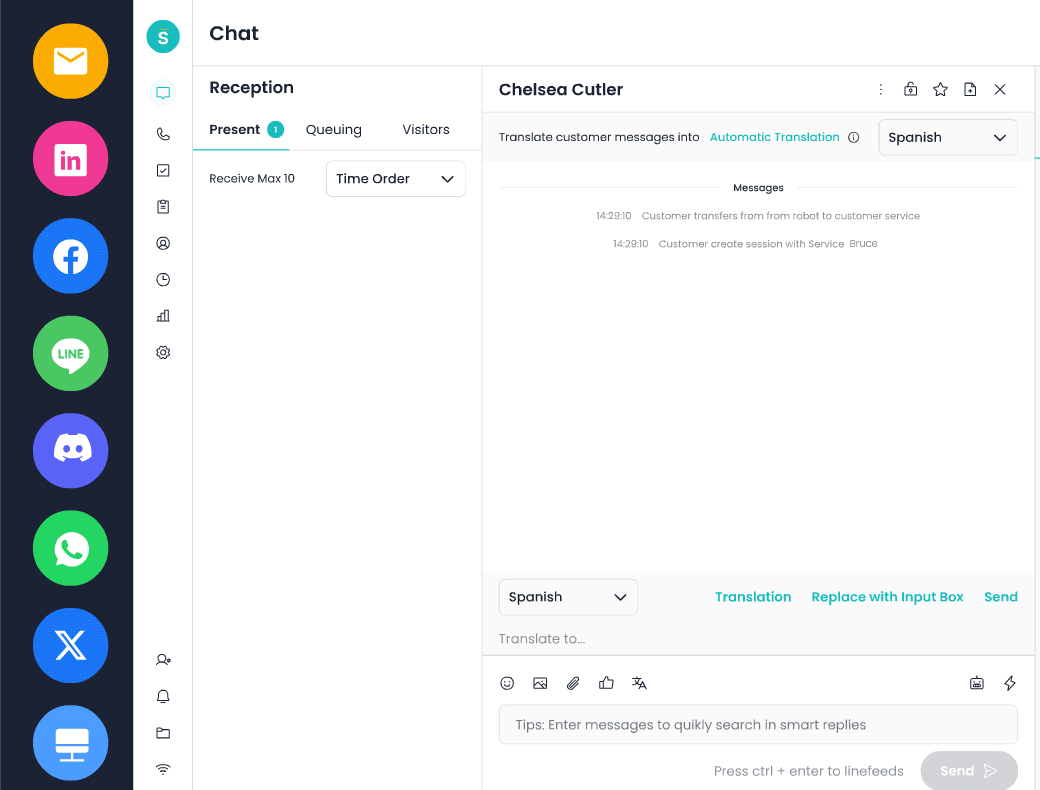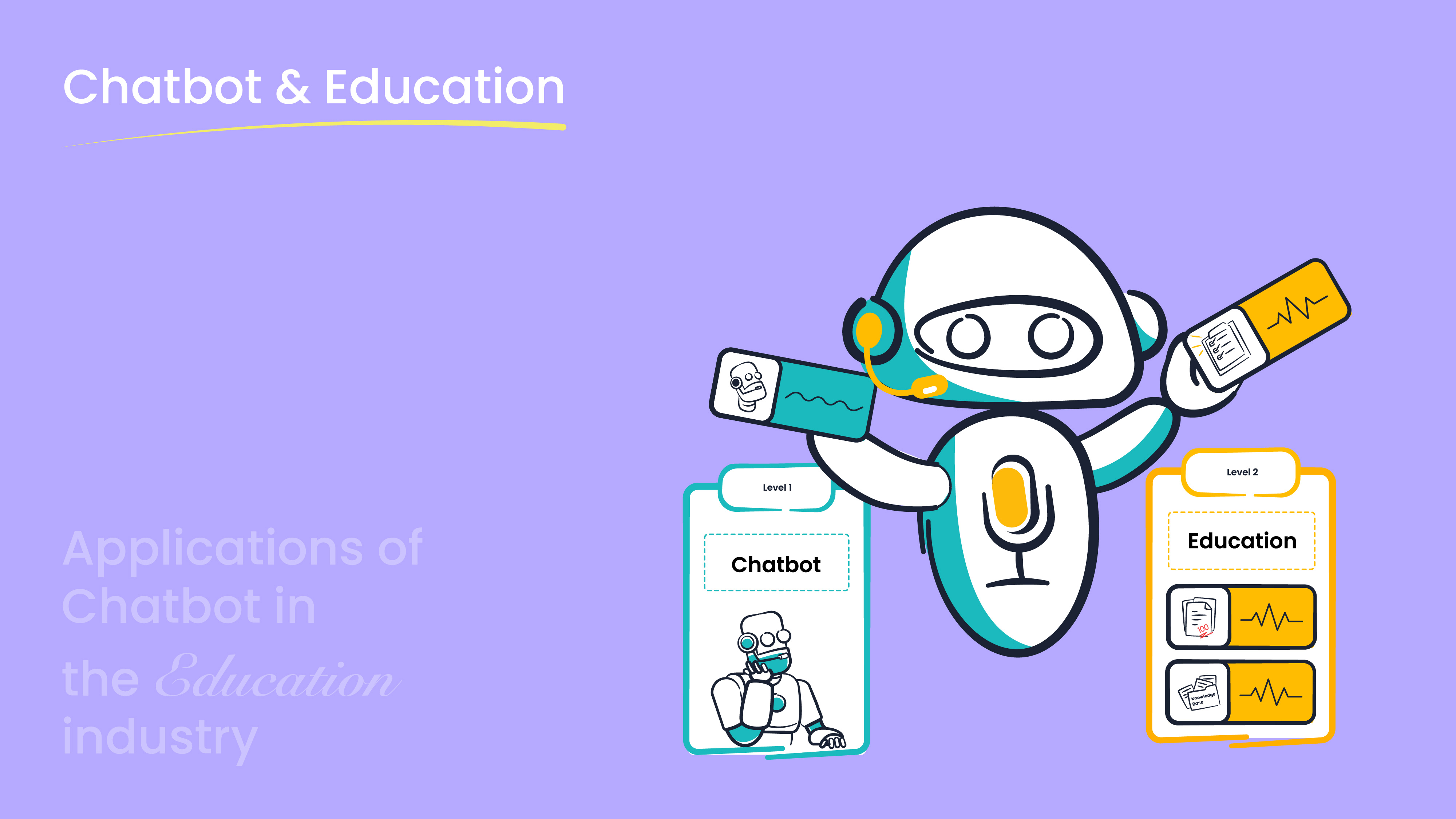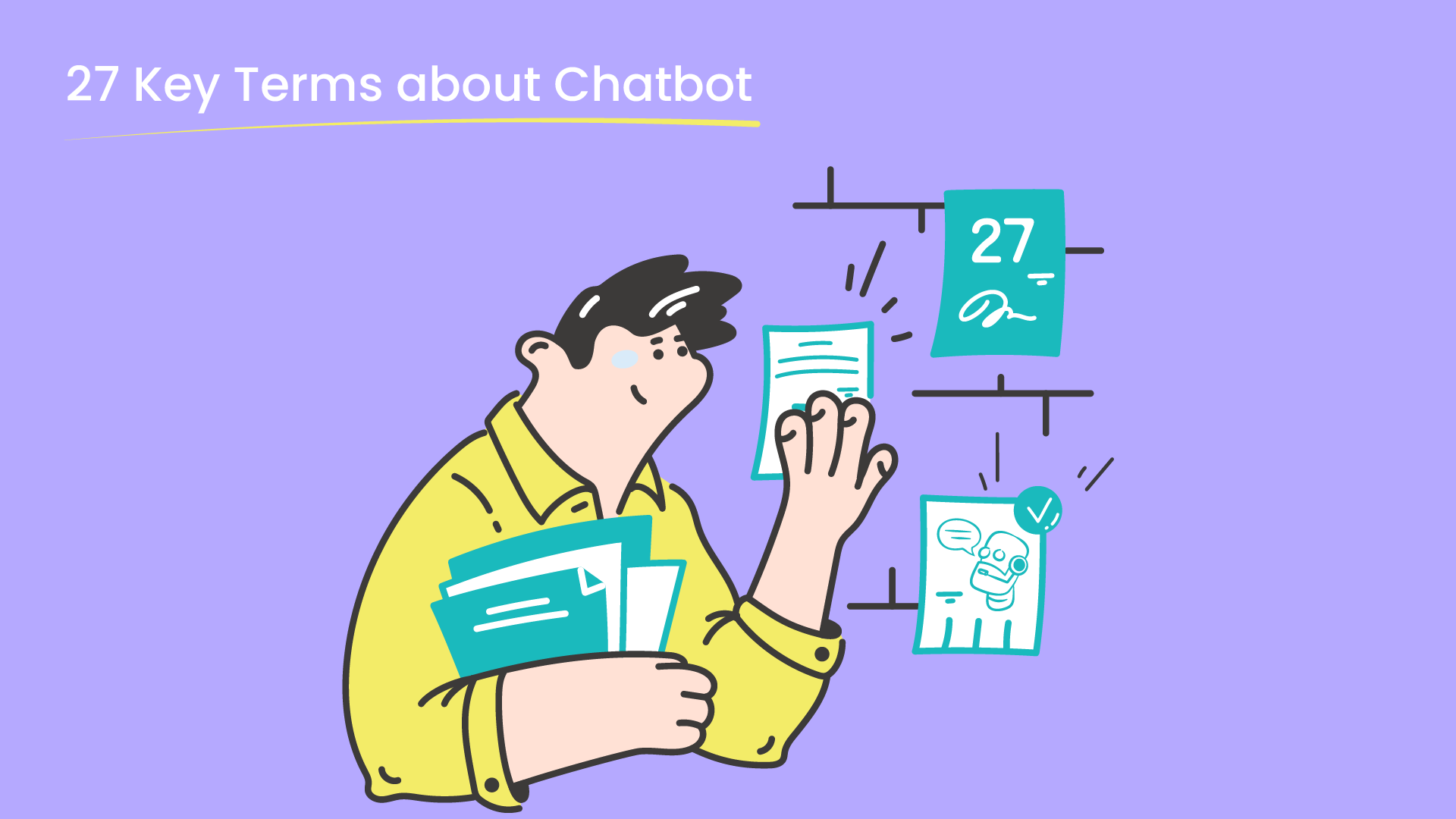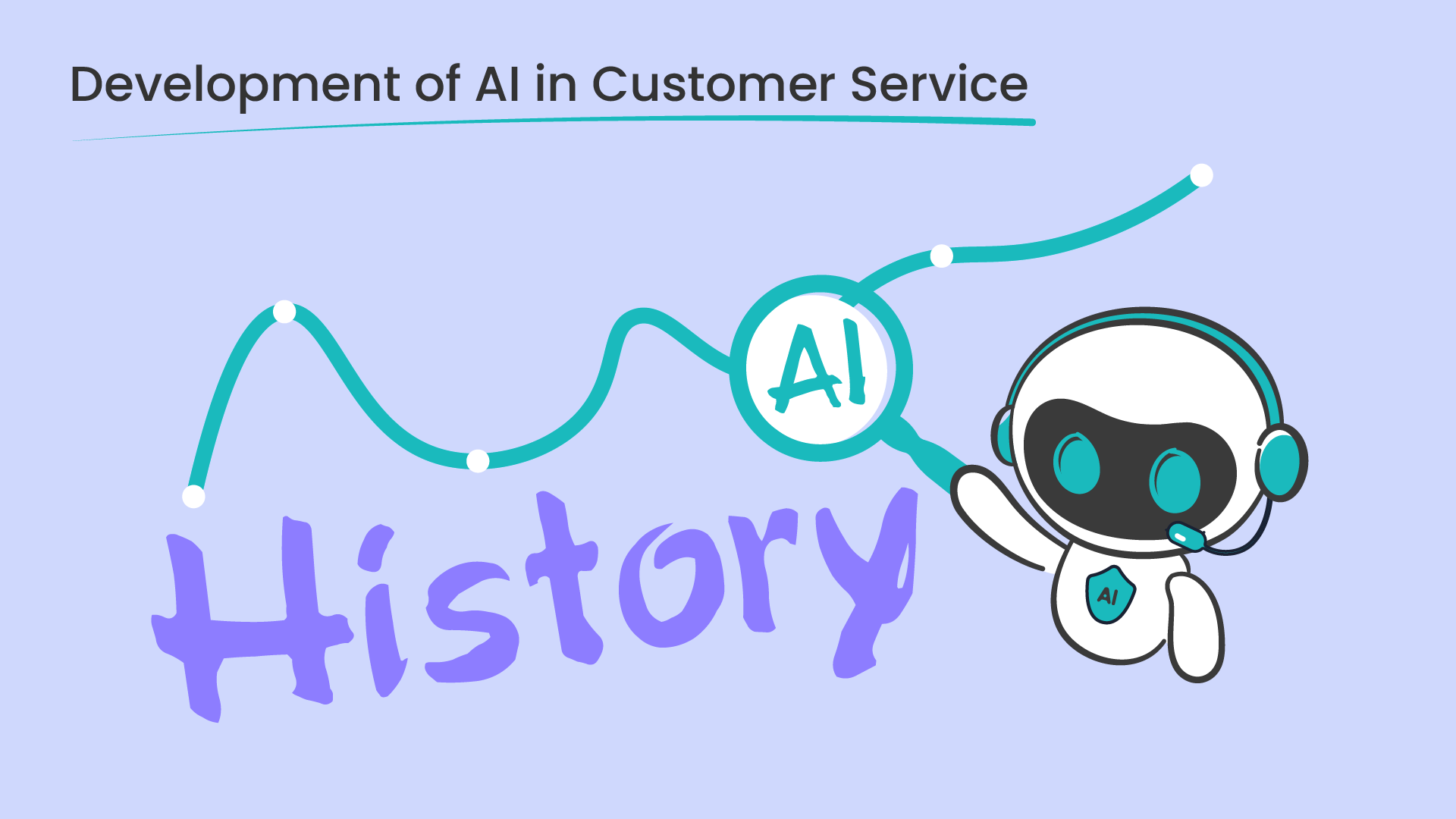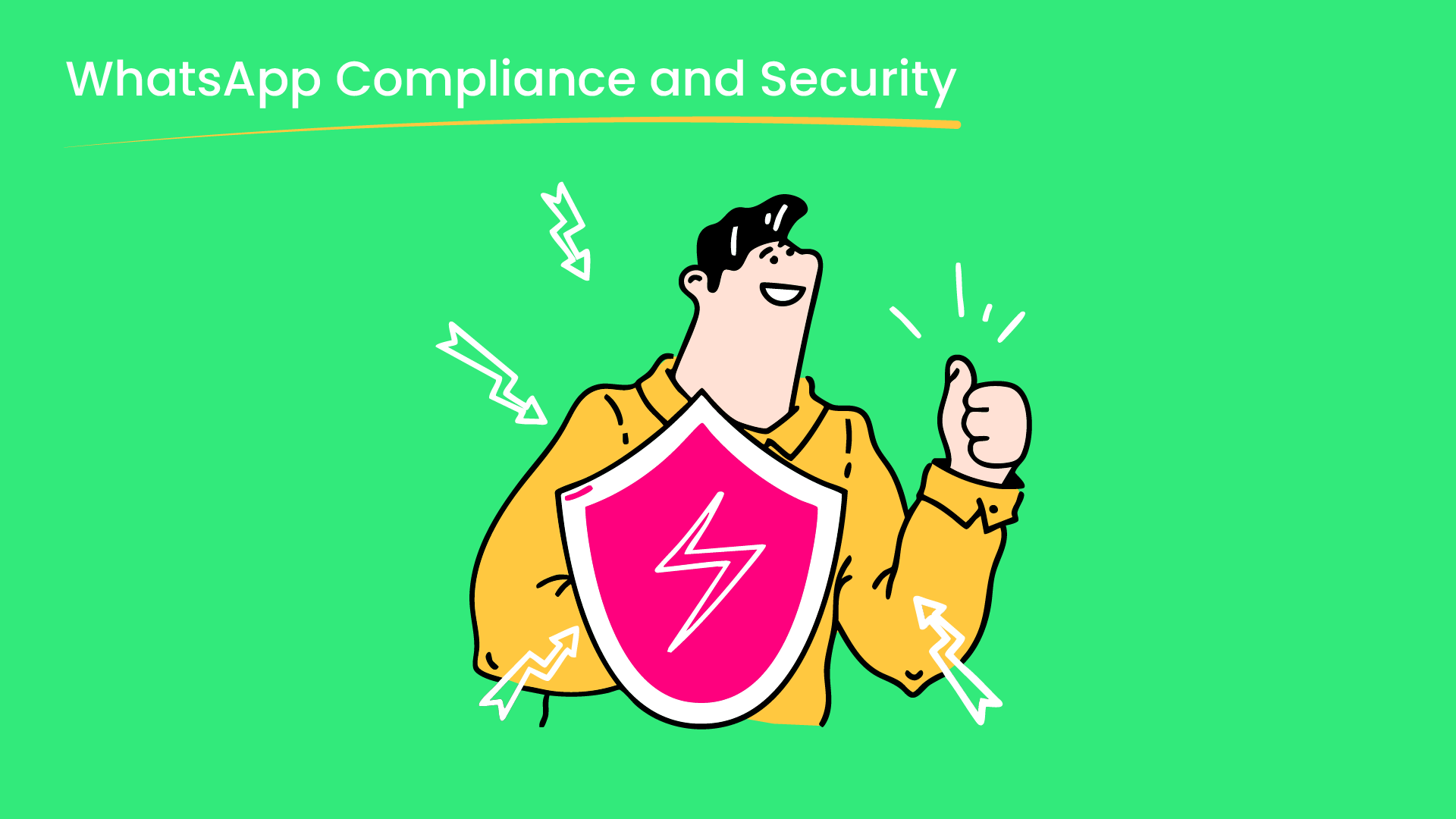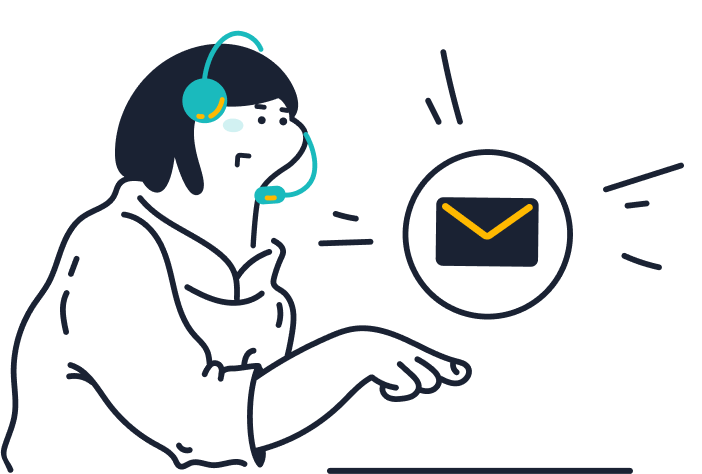Artificial intelligence is the technology that has started to find its way into education with high frequency, and one of the areas is the use of chatbot. The chatbot application started with the customer service industry and is now making things easier for students, teachers, and the school administration.
They are not limited to workflow; they offer people personal guidance and personal development. Such progressive technologies as NLP and, in particular, machine learning allow educational chatbot to answer complex questions and recommend personalized study trajectories. Sobot primarily focuses on designing unique chatbots for education, improving the learning experience. Continue scrolling through this post and learn more about other functions implemented by chatbots in the education industry!
The Edtech industry is projected to grow significantly, reaching around $9 billion by 2029, showcasing a wide range of practical applications that underscore the capabilities of AI and machine learning. Source
What is an Educational Chatbot?
An educational chatbot is an artificial intelligent application that provides information, enables processes, and supports learning experiences for students, educators, and educational administrators. These chatbots employ NLP and ML to comprehend natural language, find information, learn from experiences and offer targeted support in numerous devices in contextualized learning platforms.
According to a survey by Forbes Advisor in October 2023, over half of the teachers reported that AI positively impacts the teaching and learning process. Furthermore, 60% of educators have begun integrating AI into their classrooms to enhance student understanding.
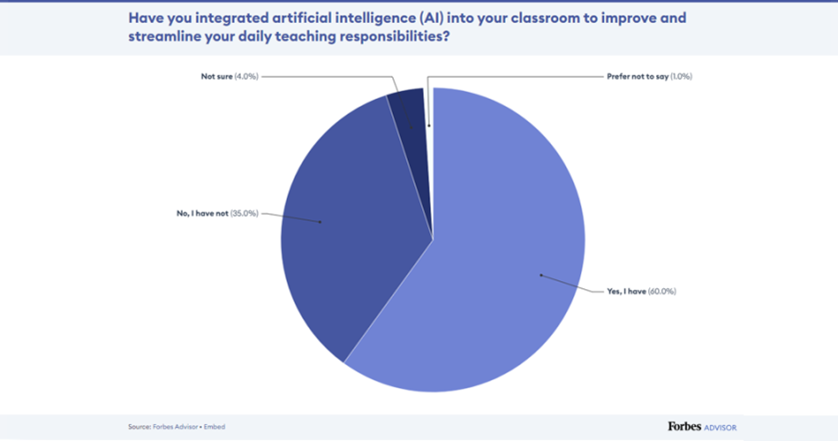
Key Applications of Chatbot in Education
Chatbot have quickly become indispensable tools in the education sector, offering a range of practical applications that improve learning and administration. From answering student queries to providing personalized learning experiences, chatbots help institutions operate more efficiently and create engaging educational environments.
1. Answering Student Queries and Providing Information
One of the primary uses of a chatbot in education is to answer frequently asked questions about the educational process or institution. The bot can also offer real-time replies to questions that students may have regarding different issues ranging from course offerings, timetables, calendars, other activities held within the institution, and policies. This is advantageous as it provides information at first, especially during rush times like registration or examination.
This way, the chatbot quickly replies to students’ questions, relieving the administrative staff and providing the necessary information on time. In addition, a chatbot can point the students to resources for further information, which helps deliver a one-stop solution to the students in their academics and co-curricular activities.
Around 37% of students use a chatbot to get quick and precise answers. Source
2. Virtual Teaching Assistants
In the case of a chatbot as a virtual teaching assistant, an instructor can receive excellent support as a chatbot encompasses tasks like grading, setting quizzes and providing learning resources. The automation frees up time, enabling educators to focus on lesson development, student research and actual student teaching.
By relieving faculty from handling basic questions on the course content, homework and lecture details, the chatbot guarantees timely and standardized assistance to all students. When working online or in a hybrid format when contact with professors is somewhat restricted, a chatbot can act as a link that contributes to forming a constructive educational environment.
3. Enhancing Student Engagement and Participation
Education is critical; you need a chatbot to ensure students are active. On top of improving engagement, the chatbot enhances interaction by turning learning into more engaging solutions and gamified quizzes. It can also lead the students to review the contents taught, evaluate their comprehension and engage in a lively discussion.
After deploying its chatbot, Missouri Western State University saw a 7 percent boost in student retention.Source
Moreover, the chatbot can give alarms and notifications concerning the assignment, project, or timeline. This real-time participation not only encourages the students but also eliminates tendencies of delayed study, thus promoting a more efficient study process.
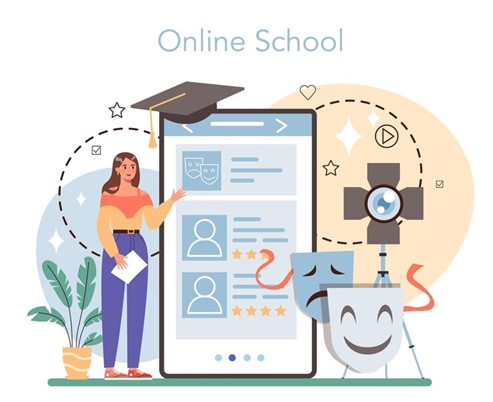
4. Streamlining Administrative Processes
Administrative tasks such as admissions, course registration, and scheduling are often time-consuming and prone to errors. A chatbot can automate these processes, offering students an efficient way to complete forms, check schedules, and apply for courses. By guiding students through these procedures step-by-step, the chatbot reduces the workload on administrative staff and minimizes the likelihood of mistakes.
This translates into cost savings for educational institutions, as fewer resources are needed to manage routine inquiries and paperwork. The immediate feedback provided by the chatbot also helps students resolve their queries more quickly, enhancing overall satisfaction.
5. Feedback and Assessment Automation
Chatbot are also instrumental in automating feedback collection and assessments. They can facilitate gathering student evaluations on courses, teachers, and learning materials. This immediate and scalable feedback enables educators to adjust their teaching strategies in real time, better addressing students’ needs.
Furthermore, a chatbot can assess student assignments, quizzes, and essays using AI algorithms. The chatbot helps students swiftly understand their strengths and areas for improvement by providing instant essay scoring and constructive feedback. This speeds up grading and enriches learning by delivering timely, personalized feedback.
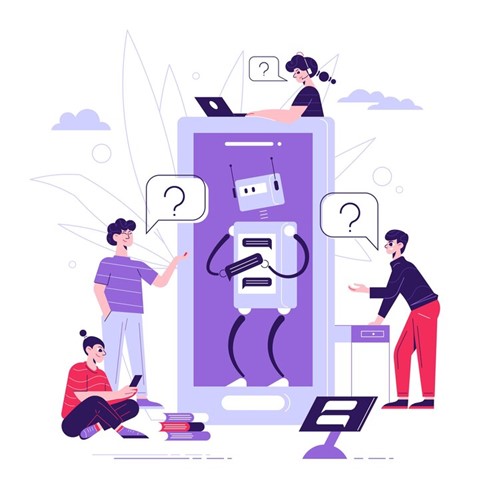
Benefits of Chatbot in Education
Chatbot in education offers a wide range of advantages that enhance the learning experience and improve the efficiency of educational institutions. By leveraging AI-powered automation and personalized support, chatbot create a more accessible, engaging, and resource-optimized environment for students, teachers, and administrators alike.
1. 24/7 Availability and Accessibility
The most significant benefit of using a chatbot in the educational system is that students can turn to it anytime. Students are free to seek help from the teachers or tutors and other issues under any timetable they prefer. This is particularly helpful for students taking online classes and int’l students who require assistance at different times of the day.
In this way, chatbot avoid such a situation when students have time to wait for an answer and make the educational process more responsive to students’ needs.
2. Scalability in Large Institutions
As you can imagine, in large universities and institutions with thousands of students, responding to the students’ inquiries and handling the administrative work could be daunting. Chatbot are helpful because students can receive support from them in large numbers as the program can support many users at a time. This scalability is essential in helping institutions that are in a position to extend the services they are offering each institution without extending their budget.
3. Cost-Effectiveness and Resource Optimization
For instance, through the provision of FAQs, or appointment setting, the use of chatbot would imply hiring less staff, hence cost saving. Schools and colleges can plan well and bring a difference to their quality of learning experiences and enhanced use of technology.
4. Improved data sharing and Data analysis
Chatbots can also gather helpful information about students’ interactions in the learning process and present it to educators so that they can understand students’ activities, their choices and the issues they face in the course. This analytical approach also helps fine-tune the educational processes in the institutions, enhancing the course matter, providing supportive services to the learners etc. Real-time feedback collected by chatbot also means that problems that arise can be tackled on the spot.
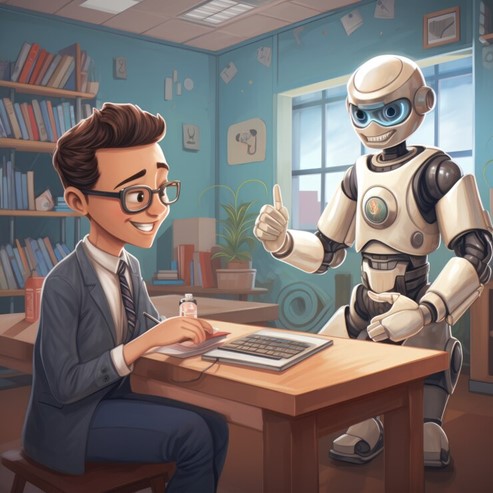
Challenges and Considerations in Implementing Educational Chatbot
Before integrating chatbots into educational institutions, it’s crucial to understand that while they offer numerous advantages, there are also significant challenges and considerations to address. From technical limitations to data privacy concerns, institutions must navigate these factors to ensure successful implementation and optimize the benefits of chatbot technology.
1. Technical Limitations and Integration Issues
While chatbots offer many advantages, they are not without challenges. Technical limitations, such as understanding complex student queries or integrating with existing learning management systems (LMS), can hinder their effectiveness. Ensuring seamless integration and maintaining chatbot performance are critical considerations for institutions adopting this technology.
2. Data Privacy and Security Concerns
With the growing reliance on AI and data collection, ensuring the privacy and security of student data is crucial. To safeguard sensitive student information, educational institutions must comply with data protection regulations, such as GDPR. This challenge requires robust encryption, secure data storage, and transparent policies regarding chatbot usage.
3. Resistance to Change Among Educators and Students
The adoption of chatbot technology may face resistance from educators and students who are accustomed to traditional methods. Teachers may fear losing their role to AI, while students may hesitate to rely on a chatbot for academic support. Overcoming this resistance involves educating users about the benefits of chatbots and ensuring that AI enhances, rather than replaces, the human element in education.
Sobot in Education
Sobot is currently the best chatbot development company for educational institutions and is equipped with multiple tools to cater to each school, university, and online tutorial.
Through integrating natural language processing and the best machine learning approaches, Sobot enables institutions to build sophisticated chatbots that can improve student engagement and administrative requirements and consequently, create a positive and effective environment for learning. Sobot, institutions can develop scalable, secure and effective chatbot solutions in education for the new digital age.
Building Your Own Educational Chatbot
Several steps should be taken to design an educational chatbot to meet an institution’s needs. First, the institutions can decide on what the chatbot will be utilized most especially in administration, student affairs, and academics. As soon as the bot’s purpose is defined, institutions can decide on a platform for creating and further configuring the chatbot, like Sobot.
Sobot allows users to build chatbot reasonably quickly while the bot possesses such appealing characteristics as NLP and personalization. Using Sobot, institutions can create a chatbot that will suit their needs and function perfectly with the rest of the systems. Thus, the effectiveness of chatbot implementation of tasks that require conveying a lot of information and have a high degree of complexity will not be less than when using other information and communication technologies.
The Future of Chatbot in Education
The future of educational chatbots has many bright prospects with advanced technologies in AI and machine learning. New developments may include voice control, machine learning and augmented reality to make the learning process more responsive, interactive and engaging. A chatbot with artificial intelligence will significantly impact students by providing complex tutoring services and emotional analysis. However, certain ethical concerns before noting that although chatbots are benchatbots in enhancing the educational processes, they should not be used to replace real teachers. First, such educators are still to provide care and support to the users as the chatbot can become the helper.
Conclusion
The integration of chatbot technologies into the education industry transforms how students learn, teachers teach, and institutions operate. From answering queries to automating administrative tasks and offering personalized learning paths, chatbots are making education more accessible, efficient, and engaging. However, institutions must balance technological innovation with the human element to ensure that AI enhances the educational experience.
(The information in the article is collected from public channels. If the data or pictures are infringing or inaccurate, please contact us to delete or modify it.)
